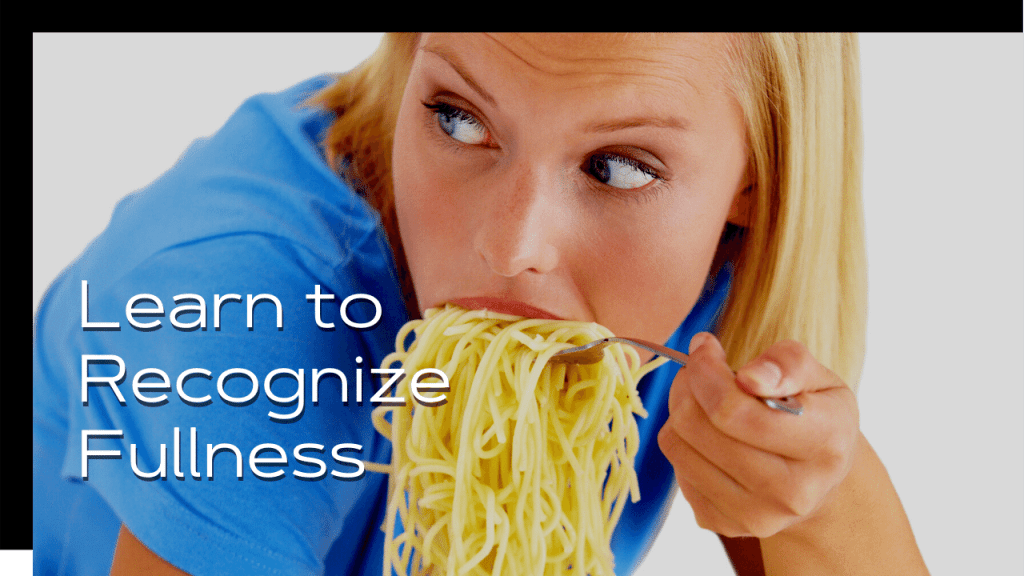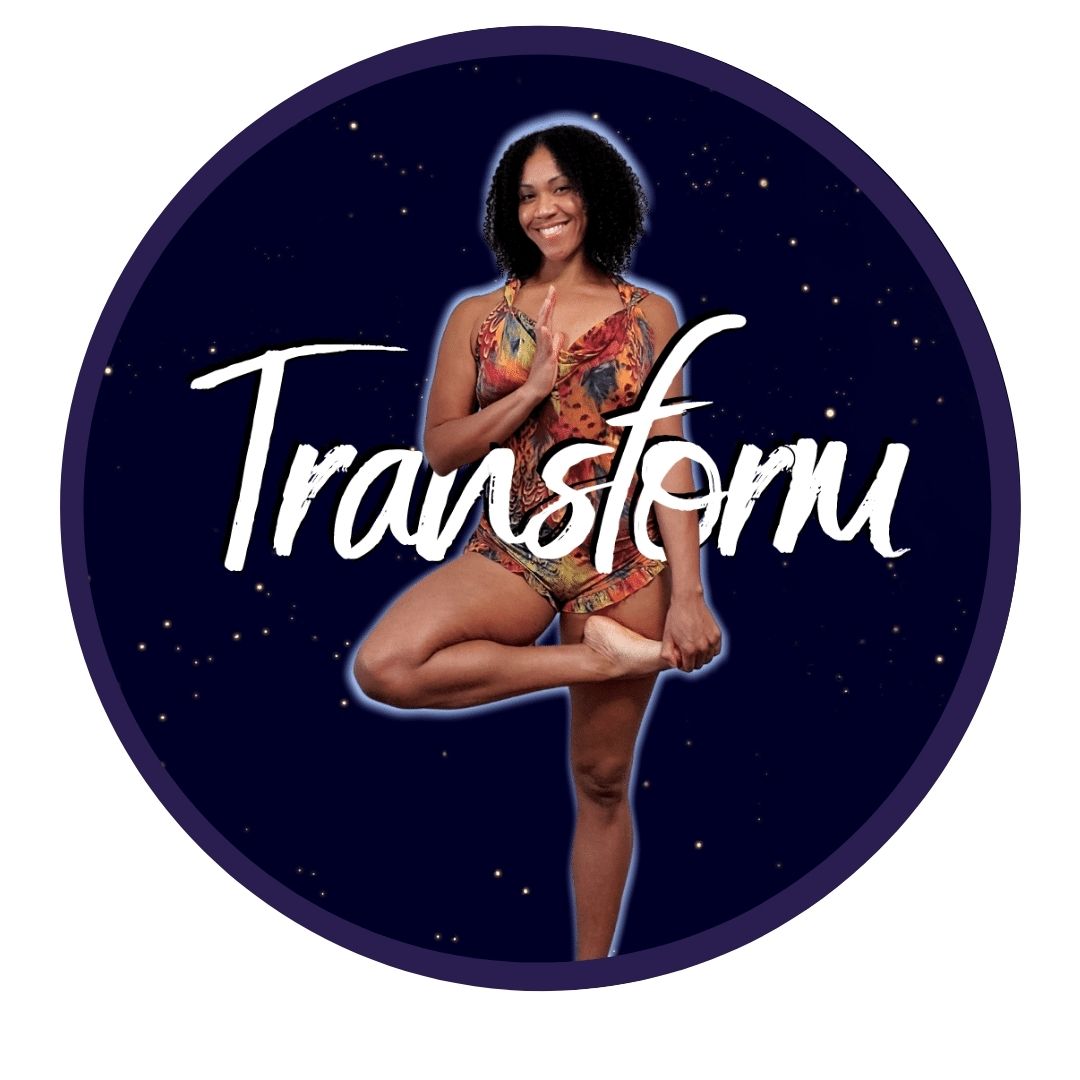
If you watched the video from Lesson Two, you know that the tendency to overeat is evolutionary. It’s born of a natural instinct to put on fat, so we have an energy source to pull from when there isn’t enough food around to sustain us. Even though food is MUCH easier for us to access these days (only a DoorDash request away!), this aspect of our neurobiology hasn’t changed, so many of us often find ourselves chronically overeating. Overeating once in a while is totally healthy and normal. But a regular habit of overeating can lead to a whole slew of health complications, such as:
- Chronic Inflammation
- Digestive Disorders
- Diabetes
- Obesity
- Heart Disease
- Impaired Brain Function
Digestion also takes a lot of energy and resources, so even if you don’t experience extreme effects like the ones mentioned above, consuming too much regularly can contribute to feeling lethargic for some or most of the day (even if you’ve had enough sleep).
Learn to Recognize Fullness Cues
The key to finding balance with our meals is getting in tune with our body’s fullness cues. In this video, registered dietician Tiasha Slana shares some of her best (and even slightly unusual) tips to help you dial it in.
Note: In the video, Tiasha mentions the 80% rule, which is included in your nutrition guide. Although the rule is helpful for many, it didn’t work for her. I really like how she found her own unique way to get to a similar result!
Now I’d Like to Hear From You
Well, that’s it for today! Once you’ve finished your tasks for today, check the boxes below to complete your lesson!
